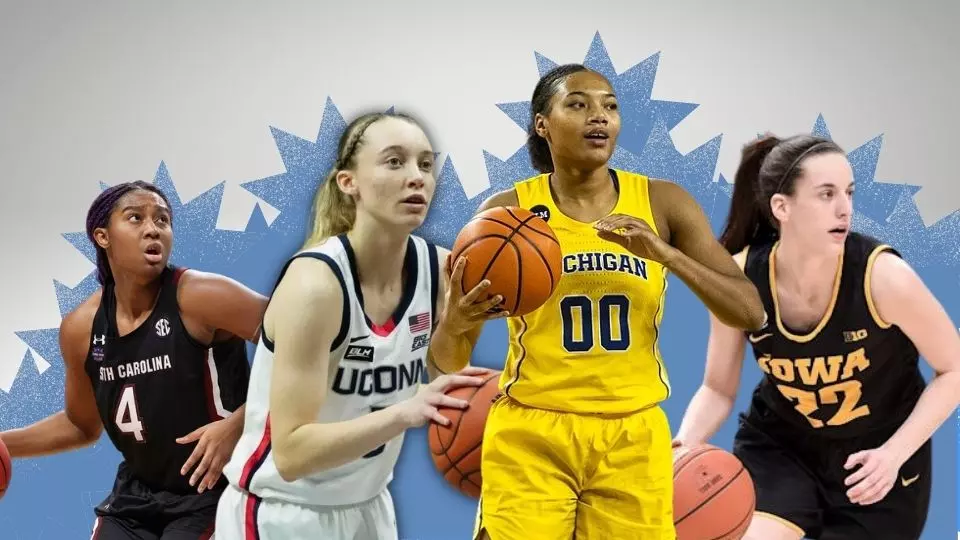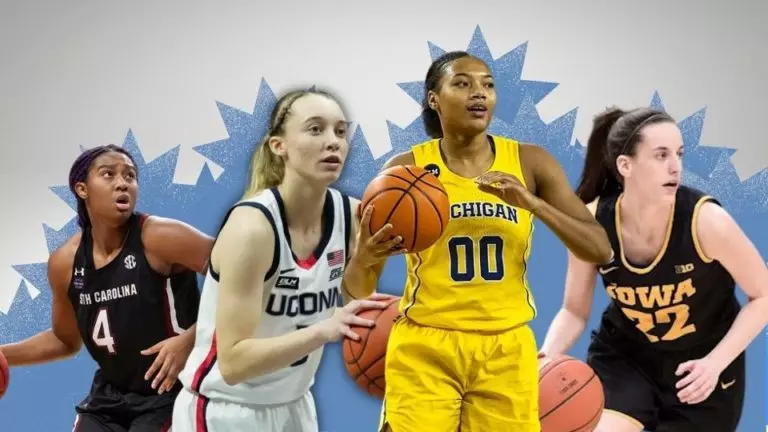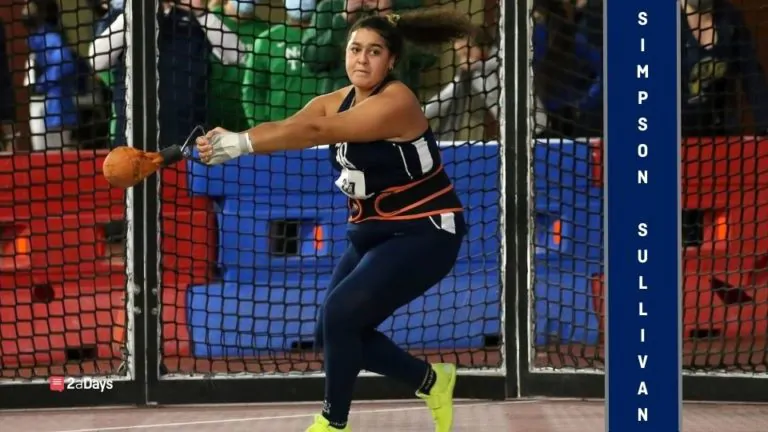For over a decade, women's college basketball has been associated with Geno Auriemma's University of Connecticut squad. With stars such as Sue Bird, Diana Taurasi, Maya Moore, Breanna Stewart, and Tina Charles, UConn won 10 NCAA tournament championships between 2000 and 2016, rarely losing a game along the way. After 111 consecutive wins, Morgan “itty bitty” William and Mississippi State University shocked the world by beating UConn in the 2017 Final Four.
UConn's dominance brought attention to the sport but also contributed to the narrative that there is a talent imbalance in the women's game. Parity, which refers to the distribution of talent across teams, is a common indicator of the competitiveness and predictability of contests. The assumed lack of parity in women's basketball disincentivizes viewership and participation in the sport.
Related: Why Women Are Now Included in March Madness
For the NCAA basketball tournament, brackets equal views. According to data compiled from Nielsen on men's basketball, individuals who completed a bracket viewed 20% more games and spent 21% more minutes watching the tournament than those who did not. Last year, only 12% of people filled out a bracket for the women's tournament, partly due to the perceived predictability of the games and lack of engagement.
In the 1960s and 70s, men's college basketball was similarly controlled by one team: the University of California-Los Angeles. UCLA won 10 NCAA championships in 12 years, including seven straight from 1967-1973. At the time, the sport of basketball was beginning to grow in popularity. Therefore, there was a thin pool of basketball talent and UCLA consistently managed to recruit these players.
As college basketball became widely broadcast, more young athletes started to choose to play basketball. While the Men's NCAA tournament started in 1939, it was not until 1963 that the first title game was broadcast. The 1979 showdown between Magic and Bird, however, changed the game. There was more investment in the infrastructure of the sport, better competition, and ultimately more parity.
It has taken a long time for the women's game to receive even similar support. In 1982, the inaugural NCAA Women's Basketball Championship was held, hosting only 32 schools. The first national championship game was aired in 1996, and Women's Final Four was first aired in 2000.
Alongside the beginning of the NCAA tournament, the development of women's basketball started to grow. On the youth level, in 1983, AAU added 16-under and 14-under age groups. In subsequent years, they started 17-under, 13-under, 11-under, and 10-under divisions. After numerous attempts to start a professional women's basketball league, the WNBA was founded in 1996 with eight teams. To find out more about the history of women's basketball see the women's hoop blog.
As this next generation of women have grown up watching and playing basketball at a high level, the competitive depth of and interest in women's basketball has increased. At the 2022 Women's Tournament, the Madness has been in full effect with six double-digit seeds winning first round matchups. Even games that did not end up in upsets, such as 3-14 games between UT Arlington-Iowa St. and Jackson St-LSU, the lower seed held the lead into the final minutes.
The round of 32 saw more parity with 2 seeds Iowa and Baylor falling respectively to Creighton and South Dakota. But, these upsets should not come as a surprise. Each of the last five championships have been won by a different team, and the gap between power 5 schools and mid majors has tightened.
Bart Brooks, the women's basketball head coach at Belmont University, spoke about the connection between increased viewership and parity.
“I think basketball is a lot more visible now than it was 10, 15 years ago on the women's side. A lot of little girls grow up seeing [the] WNBA on TV, they see the NCAA Tournament, you can watch a lot of games now. I think that exposure has helped grow our game holistically. The more good players you have, the [greater the] chance you have to get a good player if you're recruiting at all levels… I think that's helped with the parity.”
First Round Shows There's Plenty of Room for Madness in the Women's Tournament
As the number of upsets and the appearance of parity increase, so too will the popularity of women's NCAA basketball.
Have an idea for a story or a question you need answered? Want to set up an interview with us? Email us at [email protected]
Image Sources: Yahoo!Sports SwishAppeal wikiwand 406mtsports
* Originally published on March 25, 2022, by Chloe Singer







